Thamel Market
Exploring the soul of Nepal’s capital
Thamel Market ranks as Kathmandu’s most vibrant commercial district. The bustling streets pulse with energy as merchants display their wares along narrow alleyways. This cultural hub serves both as a marketplace and a reflection of Nepal’s rich heritage.
The market’s transformation from a small trading post to Kathmandu’s premier shopping destination spans several decades. During the 1970s, Thamel grew increasingly popular with international guests, leading to significant changes in its character and offerings. Today, the market maintains its traditional essence while embracing modern commerce.
What makes Thamel unique
Local crafts dominate the marketplace, with countless shops showcasing handwoven textiles and intricate metalwork. The streets feature an array of traditional goods, from prayer wheels to handmade paper products. Street vendors add to the experience, offering everything from fresh momos to locally crafted jewellery.
Bargaining remains an essential part of the Thamel Market culture. Shops overflow with Nepalese handicrafts, including pashmina shawls, thangka paintings, and brass statues. The market’s extensive selection of hiking gear attracts outdoor enthusiasts preparing for Himalayan adventures.
The market serves as more than a commercial centre – it represents a living museum of Nepalese culture. Traditional architecture frames the narrow streets, while prayer flags flutter overhead. The combination of ancient customs and contemporary influences creates an engaging atmosphere unique to Kathmandu.
Best times to explore the Thamel Market
Morning hours bring a gentle start to trading, with shops gradually opening their doors. The market reaches peak activity between late morning and early afternoon. Evening hours transform Thamel into an entertainment district, with live music floating from various establishments.
Local food and dining options
Thamel’s culinary landscape offers an authentic taste of Nepal’s most celebrated dishes.
Dal bhat, the country’s national dish, features prominently on local menus, consisting of steamed rice served with lentil soup and various curry accompaniments. The dish changes daily as cooks prepare different vegetable curries and pickles to complement the base ingredients.
Momos, Nepal’s beloved dumplings, appear on almost every street corner in Thamel Market. These steamed delicacies come filled with buffalo meat, chicken, or vegetables, served with spicy tomato-based sauce called achar. Local vendors prepare these dumplings fresh throughout the day, with steam rising from bamboo baskets stacked high.
Sel roti, a traditional ring-shaped rice bread, provides a sweet contrast to savoury dishes. Street vendors fry these crispy treats in large woks, serving them hot and fresh for breakfast or as an afternoon snack.
The market area specialises in Newari cuisine, the traditional food of Kathmandu Valley’s indigenous inhabitants. Choyla, a spicy grilled buffalo meat dish, represents one of the most popular Newari offerings. Local eateries also serve bara (lentil pancakes) and yomari (steamed rice dumplings with sweet fillings) during cultural celebrations.
For those seeking warming beverages, traditional butter tea appears on many menus. This rich drink, made with yak butter and salt, reflects Nepal’s connection to its Himalayan heritage. Local cafes also serve raksi, a traditional rice wine, often paired with sukuti (dried meat) as a favourite evening combination.
Summary
Thamel Market embodies the essence of Kathmandu’s commercial and cultural identity. Its evolution from traditional marketplace to modern shopping district demonstrates Nepal’s ability to preserve its heritage while embracing change. The market continues to serve as a vital hub for commerce, culture, and community in the heart of Kathmandu.
I challenge you not to buy anything here. I came home with a dozen traditional Nepalese copper bowls which were priced by the kilo, not the item. Something I have never encountered before.

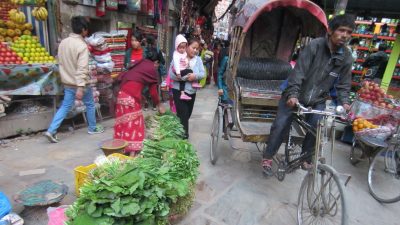
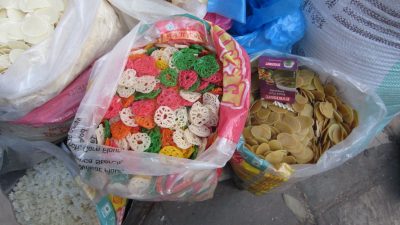


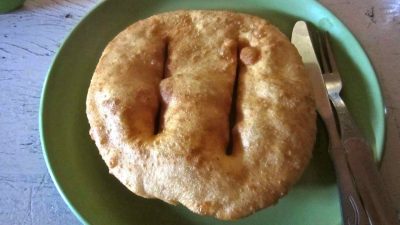
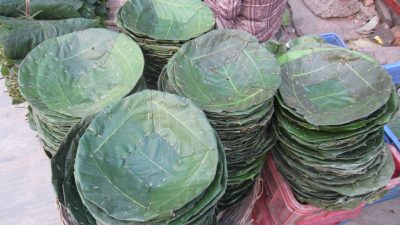

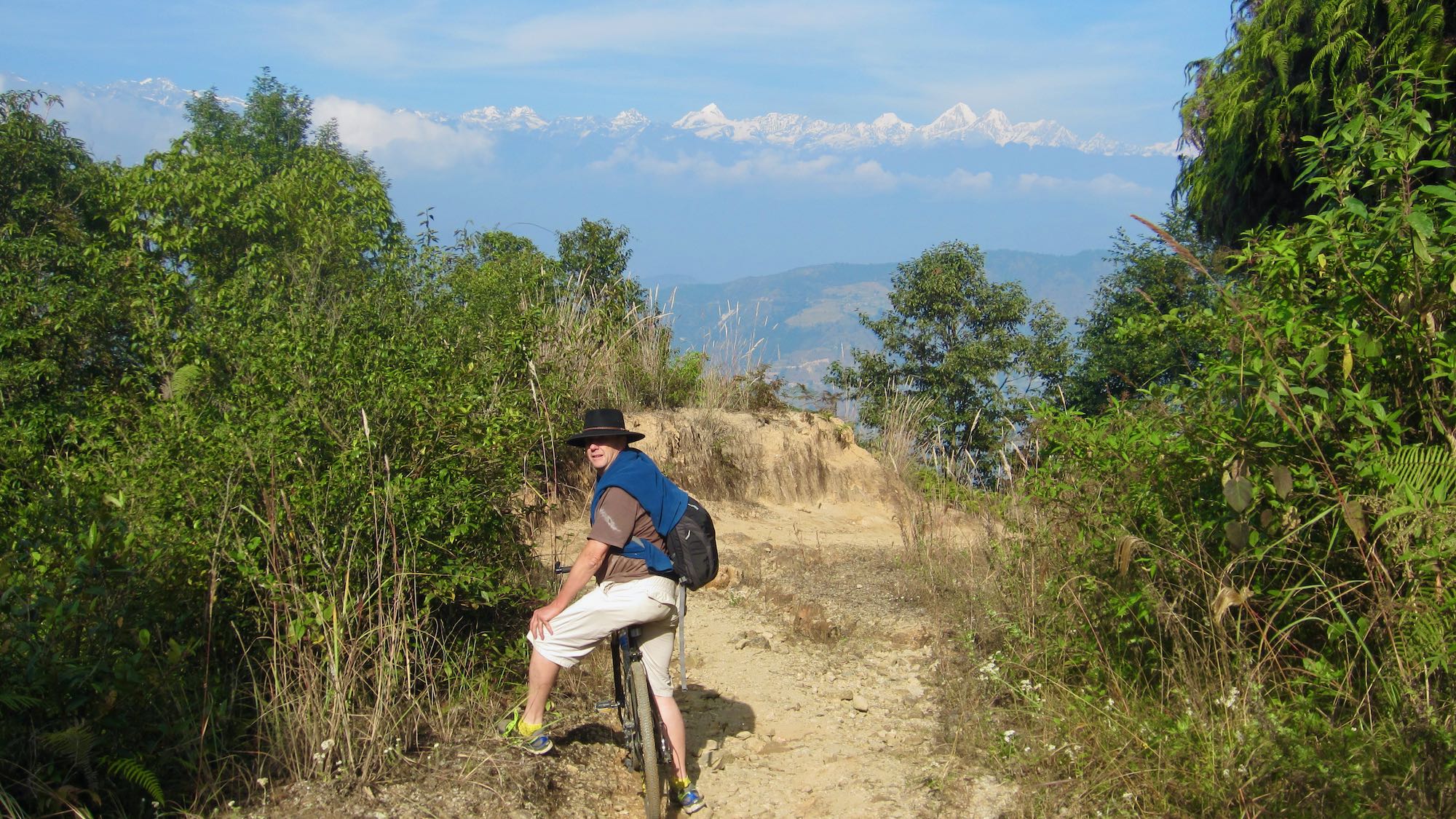
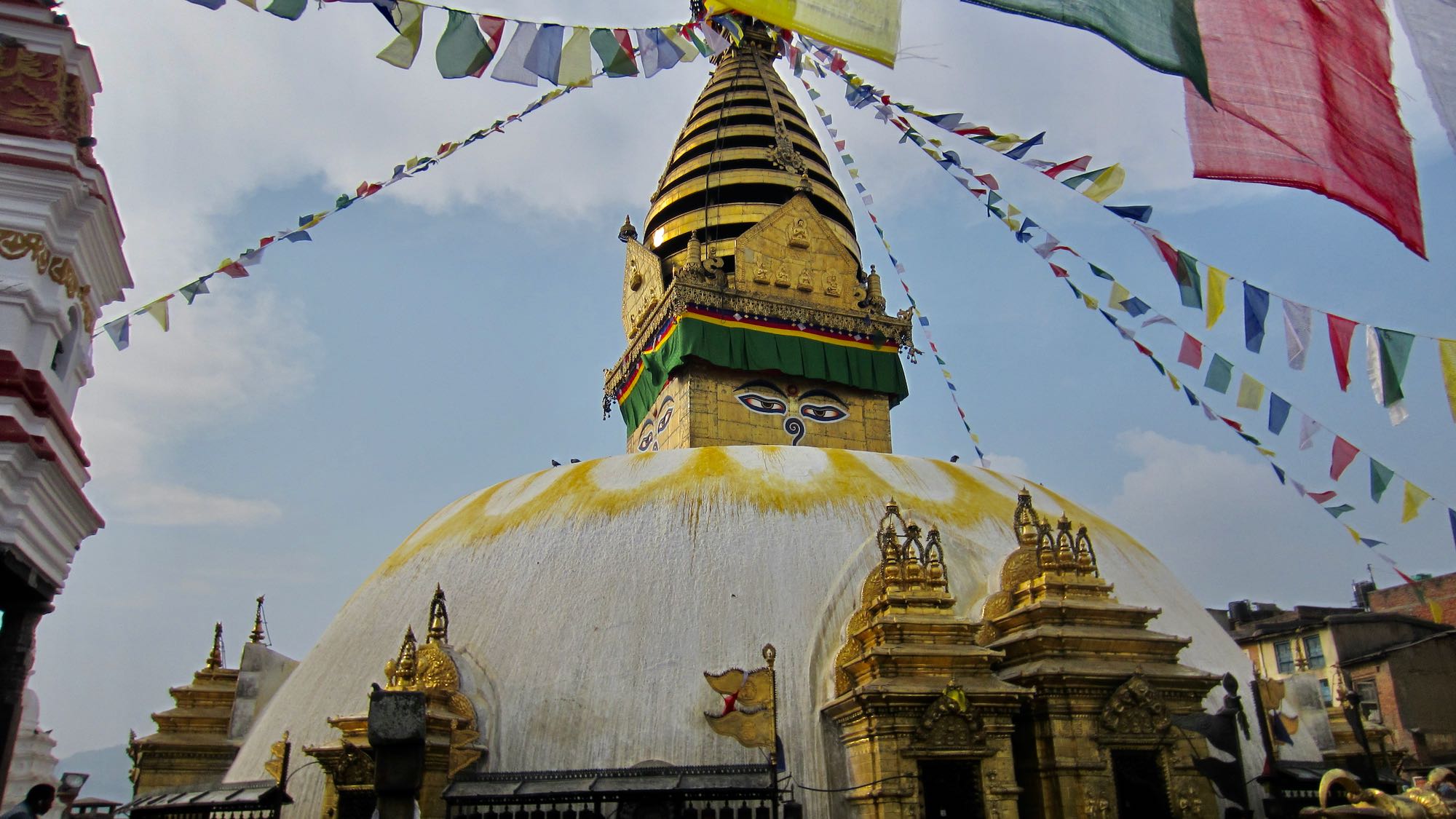
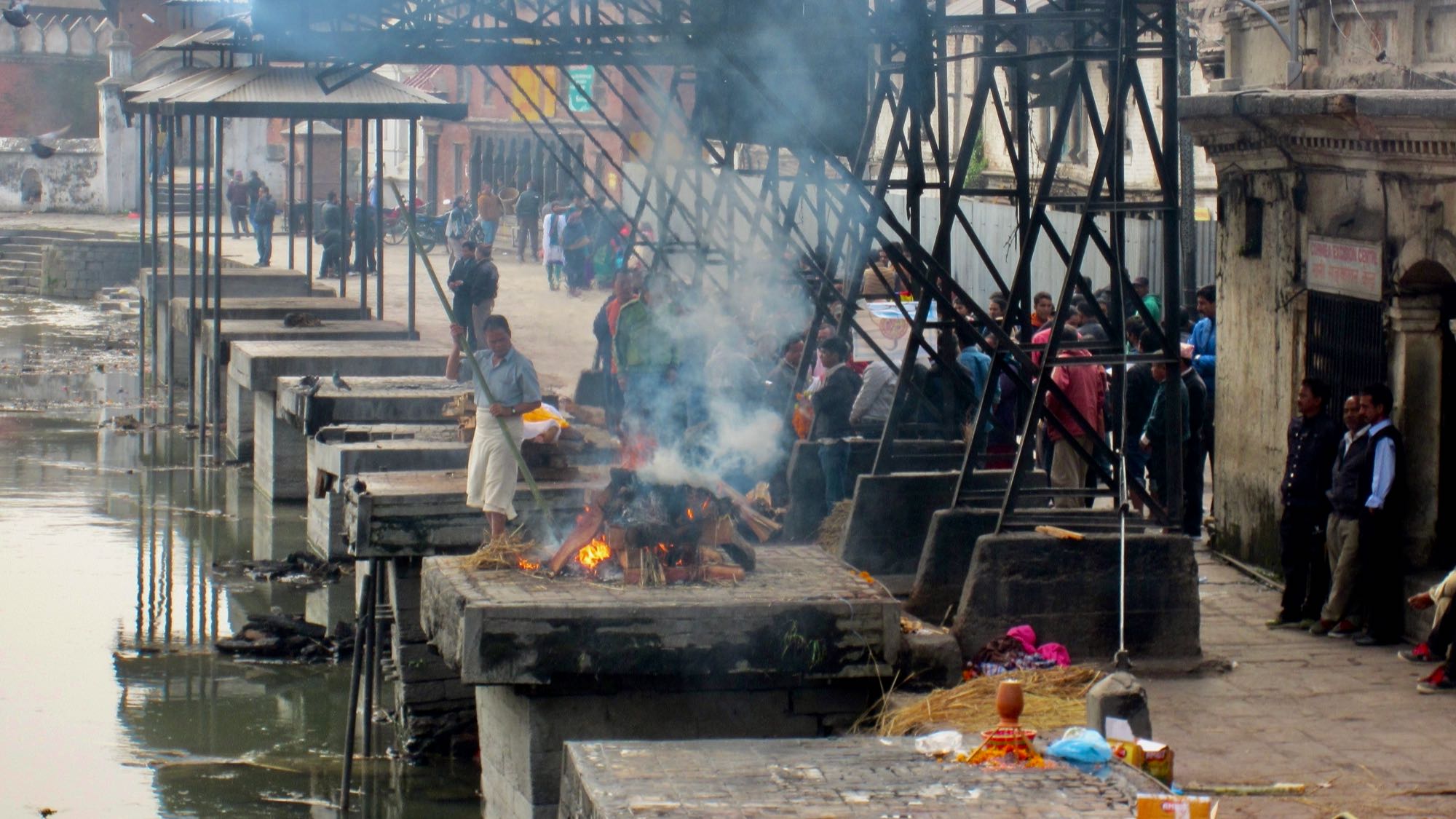
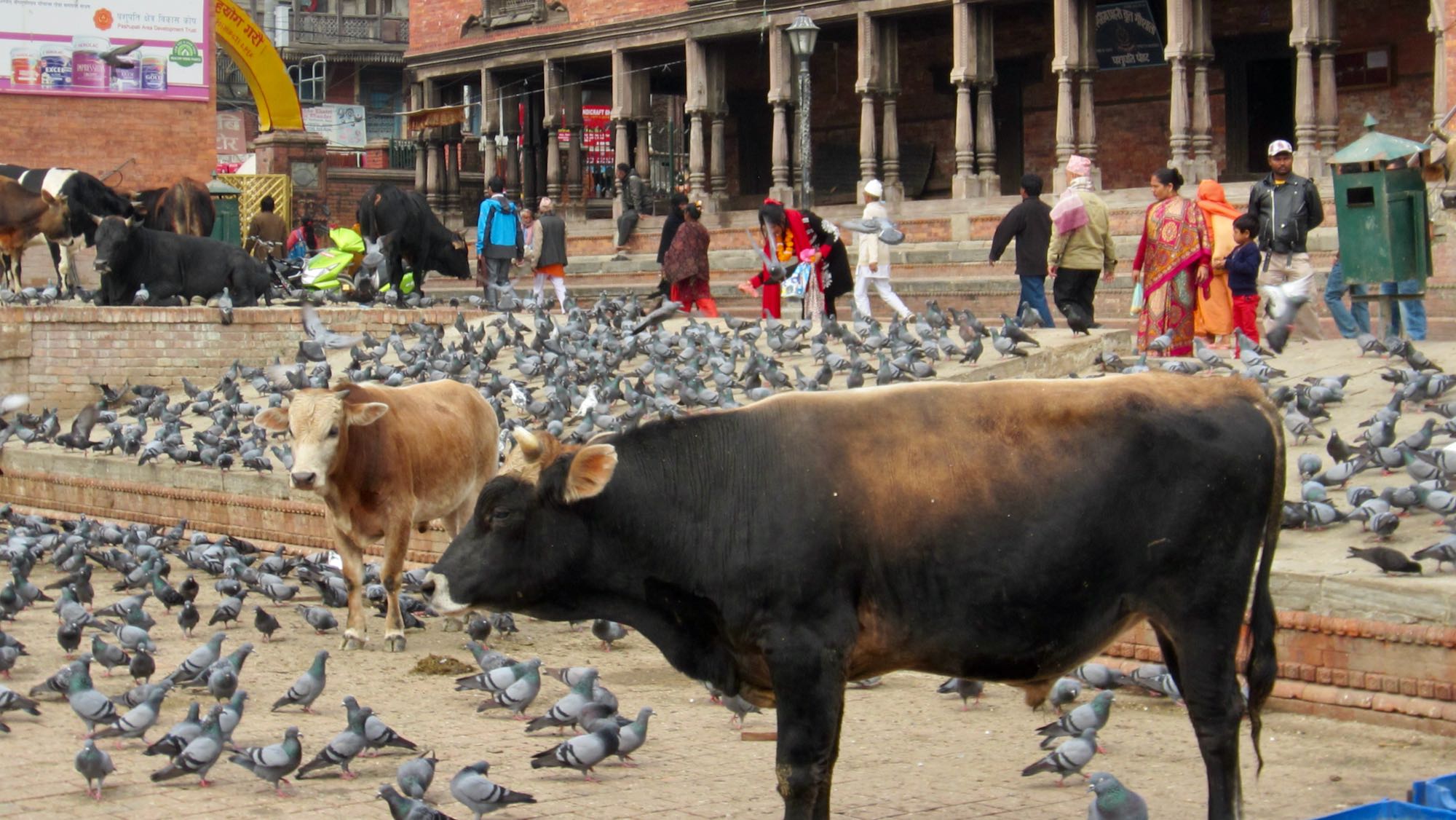

Leave A Comment